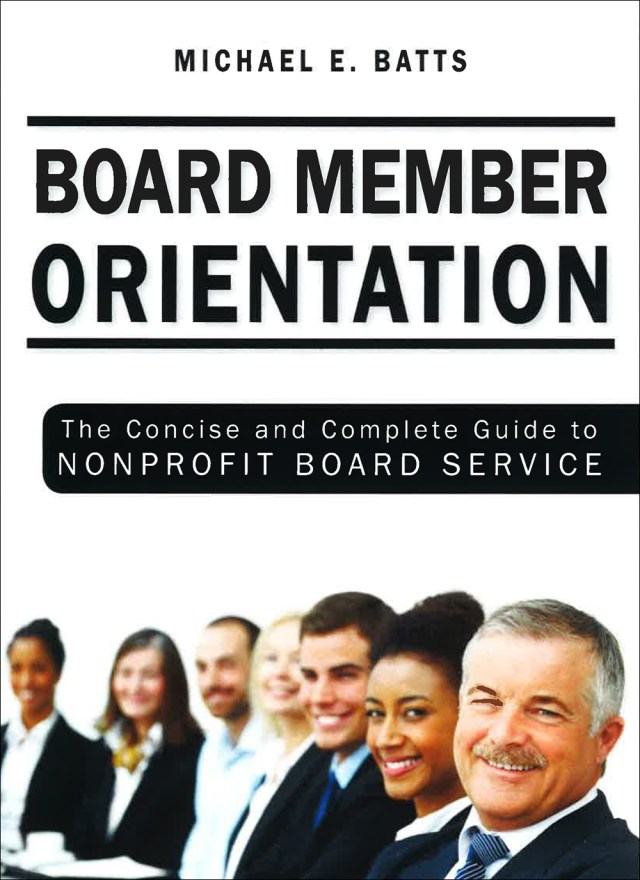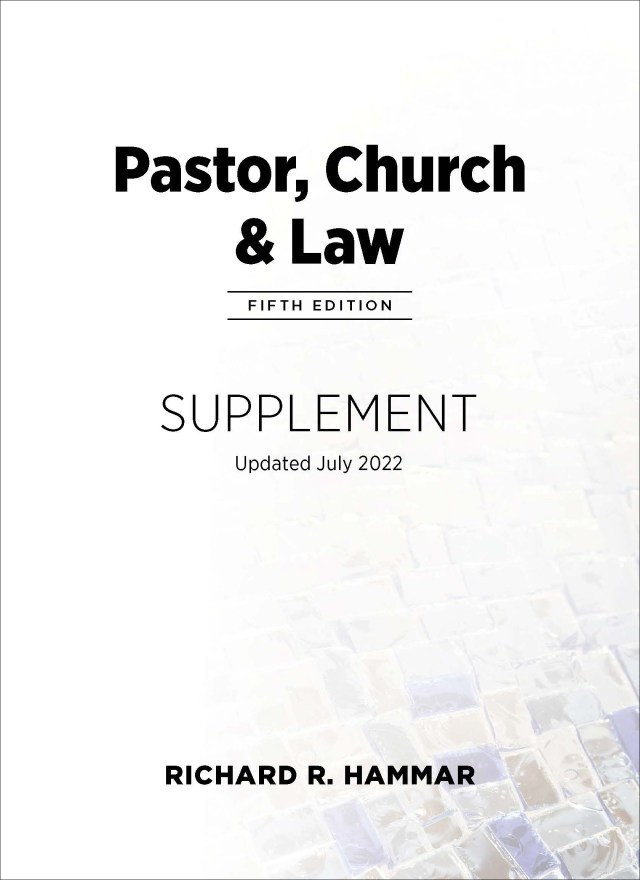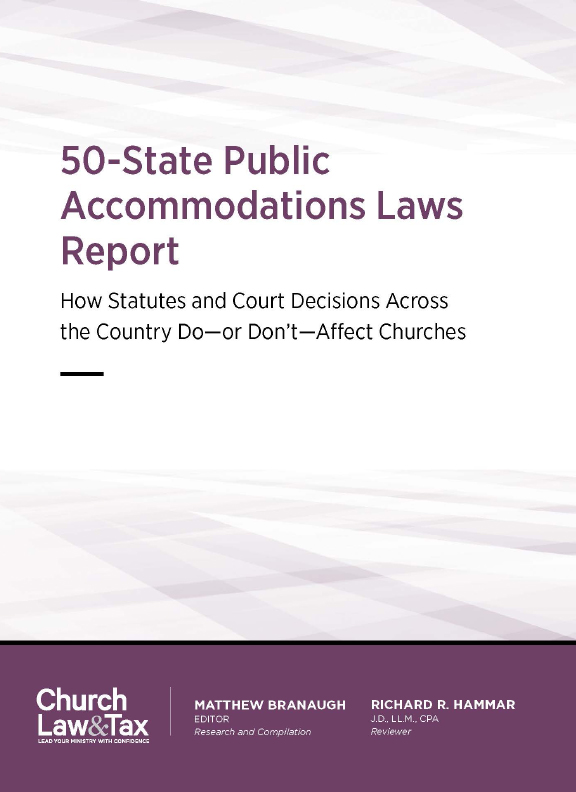Key point 7-20.2. A variety of defenses are available to a church that is sued as a result of an injury occurring on its premises.
The North Carolina Supreme Court ruled that a church was not legally responsible for injuries sustained by a visitor who was injured when he tripped on an irregular stairway.
The plaintiff sued church for injuries
An adult male (the “plaintiff”) visited a church for a funeral. Employees of the funeral home asked him to help carry the casket. After the plaintiff agreed, he was led through a section of the church building and then outside and down a small set of stairs.
He and three others carried the casket from a hearse to the church building, taking the same set of stairs he had just descended. The plaintiff walked sideways as he carried the casket. He watched the doorway instead of where he was stepping. He tripped near the top of the steps, fell into the church building, and was injured.
The set of stairs was fully visible as the plaintiff approached it with the casket. The set of stairs includes five steps. Each of the bottom four steps is made of gray concrete and rises about six and one-half inches. The fifth and final step is made of both red brick and gray concrete, initially rising about nine inches, with a white, wooden platform on top, set a few inches back from the edge, that adds just over an inch to that height. The total rise of the top step is, therefore, about four inches greater than that of the other steps, constituting about a 61 percent increase in rise.
The plaintiff sued the church to recover for his injuries alleging, among other things, that the church failed to keep its premises in a reasonably safe condition and failed to warn plaintiff of a dangerous and defective condition on the property.
State supreme court: the plaintiff “did not take reasonable care”
The church asked the trial court to dismiss the lawsuit on the ground that any dangerous condition on the property was open and obvious and that the plaintiff was contributorily negligent. The trial court dismissed the lawsuit, but a state appeals court reversed this judgment. The case was then appealed to the state supreme court.
The supreme court began its opinion by observing:
[Every person has] a duty to take reasonable care to not harm others and a corresponding duty . . . to take reasonable care to not harm oneself. . . . A landowner does not have a duty to warn a visitor about a condition on the landowner’s property that is open and obvious . . . and a defendant is not liable for injuries to a plaintiff when the plaintiff does not take reasonable care to protect himself. Our precedent requires courts to apply an objective reasonable person standard. In this case plaintiff used a set of stairs with a top step that was visibly higher than the other steps and made of noticeably different materials. When plaintiff used the set of stairs a second time, he failed to take the precautions a reasonable person would have taken to avoid tripping on the higher step. Because the alleged defect was open and obvious and thus should have been evident to plaintiff, and because plaintiff did not take reasonable care, the trial court correctly granted summary judgment in favor of defendant.
Was the top step on the church’s property an open and obvious condition such that a reasonably prudent person would have recognized it and taken appropriate care to avoid injury while using it? The court concluded that it was:
The distinct height and appearance of the step, the clear visibility of the set of stairs, and plaintiff’s previous experience walking down the set of stairs show that a reasonable person in plaintiff’s position would have been aware of the step’s condition and taken greater care.
The top step is obviously different in height than the other steps. First, the visible part of that step is made mostly of red brick, making its appearance starkly different than that of the other gray concrete steps. The wood on top of that step, which was painted white, only accentuates its distinctiveness. Second, that step rises about nine and one-half inches to the top of the brick, and about ten and one-half inches including the wooden portion on top, compared to the about six and one-half inch rise of the other steps. All in all, the top step is thus about four inches, or about sixty-one percent, higher than the others. This great difference would be readily apparent to a reasonable person.
At the time of the fall, plaintiff had just walked down the set of stairs, experiencing the difference in the height of the steps firsthand. A reasonable person in plaintiff’s position would have become aware of the approximately four-inch difference. Moreover, the top step sits a few feet above the ground; thus, it is at a height plainly visible to someone walking towards the steps and then using them. Common experience dictates that a reasonable person would recognize the starkly different condition of the top step and thus understand that he would have to step up higher when he arrived at it. Viewed objectively, the condition was open and obvious, visible to a reasonable person in plaintiff’s situation. Thus, defendant had no duty to warn plaintiff of the condition of the top step. . . .
Because the condition of the top step would be open and obvious to a reasonable person, defendant had no duty to warn plaintiff. Similarly, because plaintiff, after his previous descent of the steps, did not heed the risk obviously presented by the distinct appearance of the top step, and because he carried the casket while walking sideways without looking at the steps, his own negligence contributed to his fall.
What this means for churches
A church is not automatically responsible for injuries that occur on its premises. As this case illustrates, churches ordinally will not be legally responsible for injuries sustained by adults who expose themselves to an open hazard or defect. This principle is known as assumption of risk, or contributory negligence. Draughon v. Evening Star Holiness Church, 843 S.E.2d 72 (N.C. 2020).




